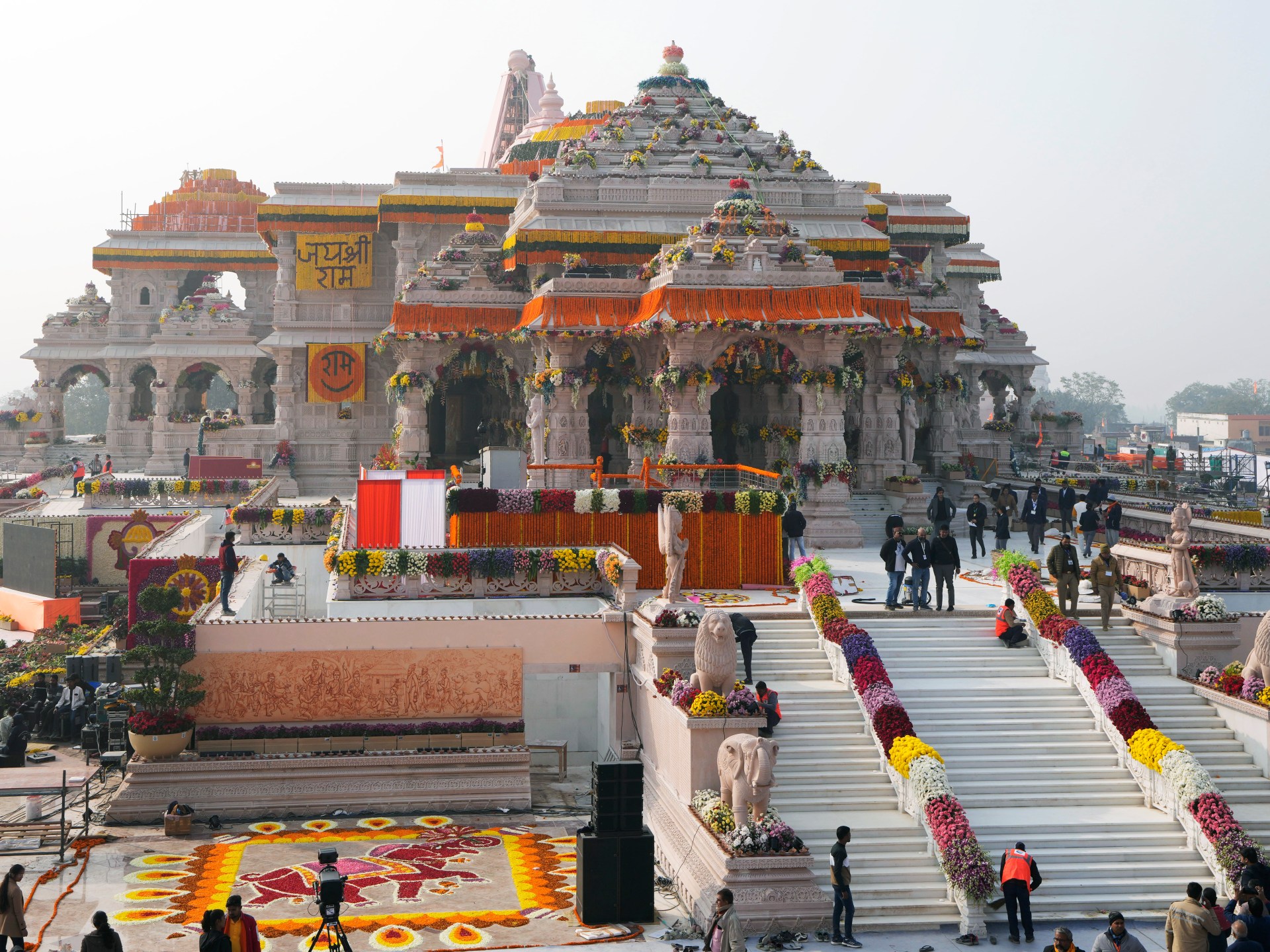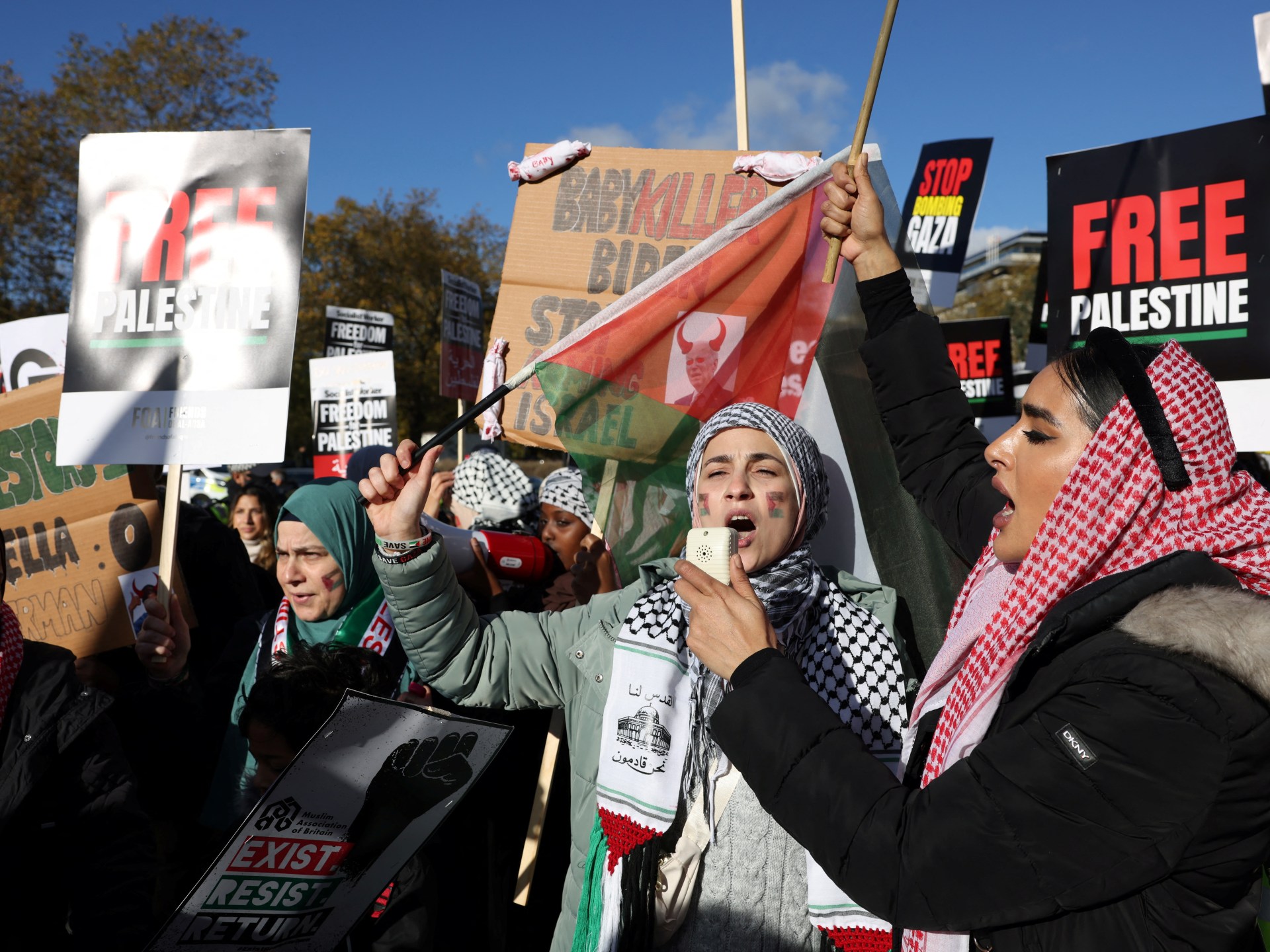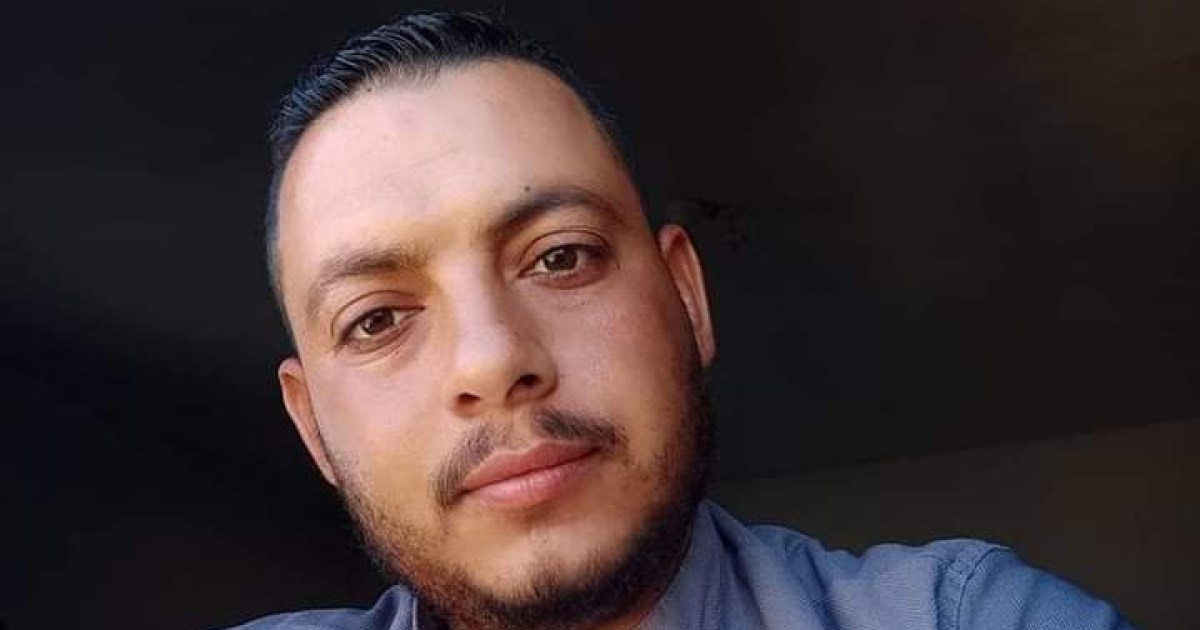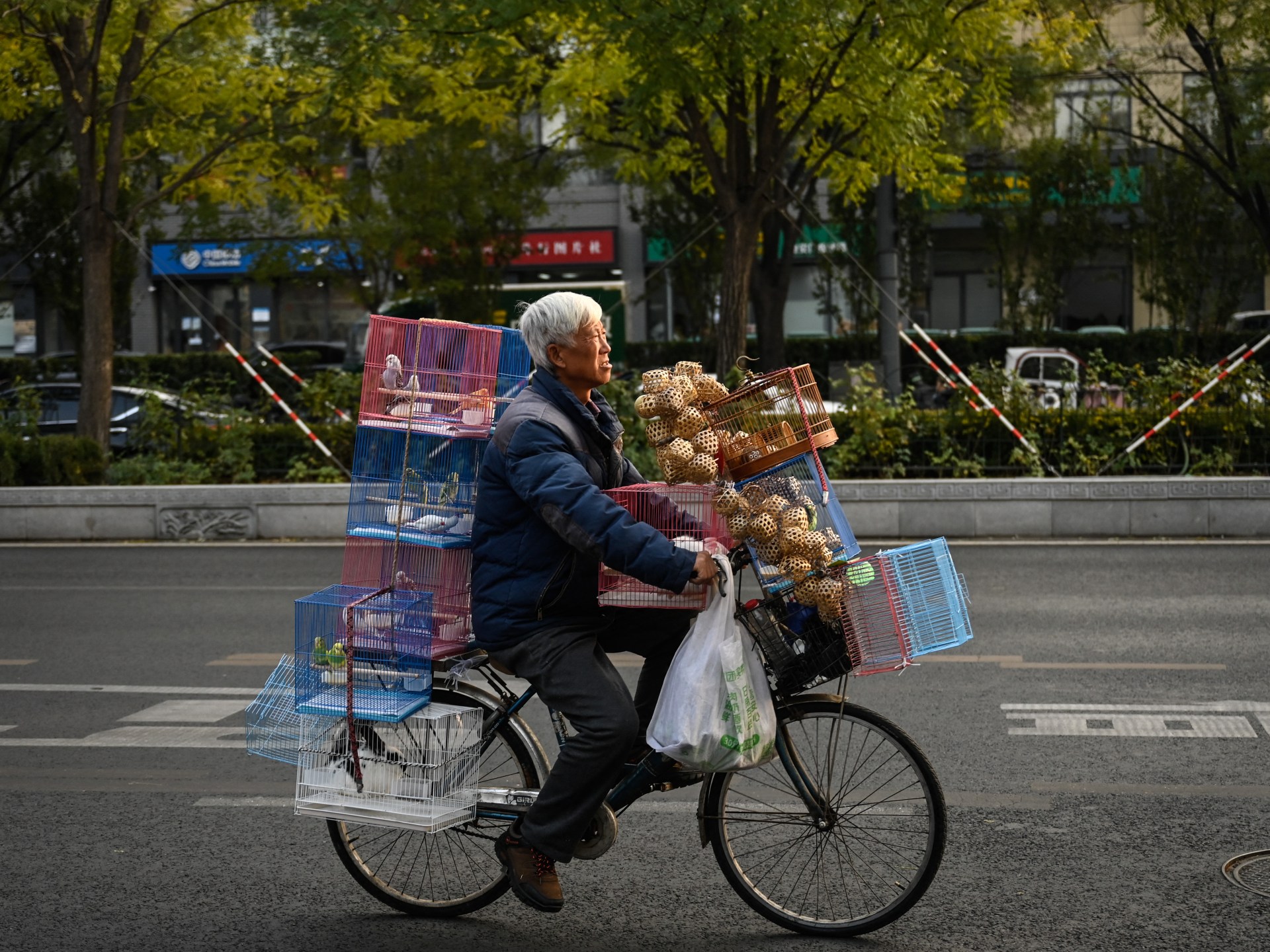
Ayodhya/Lucknow, India – Wearing her hijab, Yusra Hussain stood in line to enter a makeshift temple to the Hindu god Ram in Ayodhya, the northern Indian city believed to be his birthplace. What followed is burned into her memory.
“I was mocked [at] and mocked,” said the 32-year-old. “And people started chanting Jai Shree Ram [victory to Lord Ram]. I got a feeling of aggressive triumphalism.”
That was eight years ago. Prime Minister Narendra Modi will do so on Monday Inauguration of an incomplete Ram temple It was built in place of the makeshift shrine that Hussain had visited, amid a nationwide furor over the consecration that has brought the country of 1.4 billion people and a nearly $4 trillion economy to a virtual standstill.
The stock market is closed, government offices are open only half-day and cinemas are offering live broadcasts of the religious ceremony that Modi’s opponents say he has hijacked ahead of nationwide elections expected to begin in March.
Major public hospitals announced reduced services that day to allow staff to enjoy the celebrations, but some have since retracted those announcements.
Absent from news channels and public discourse is any indication that the temple will be built on the exact spot where the 16th-century Babri Mosque was demolished by a Hindu nationalist mob on a gray winter morning in December 1992.
Hussain, a freelance journalist based in the city of Lucknow, 120 km (75 miles) east of Ayodhya, said she feared that the “triumphalism” she experienced on her first visit to the temple city “will get worse in the future could.” days”.
“In fact, after Ayodhya, there could be a snowball effect on other disputed places like Mathura and Kashi,” she said. Mathura and Varanasi – Modi’s parliamentary constituency, also known locally as Kashi – are also home to historic mosques that the prime minister’s Bharatiya Janata Party (BJP) and its Hindu majority allies say were built on demolished temples.
For many of India’s 200 million Muslims, the state-sponsored pageantry and ceremony surrounding the temple’s dedication is the latest in a series of painful realizations that – particularly since Modi took office in 2014 – the democracy they call home is becoming apparent no longer cares about them.
The increasing religious polarization in the country is affecting not only their security but also their political influence in the upcoming national vote. In 101 of India’s 543 directly elected parliamentary constituencies, Muslims make up more than 20 percent of the population. Indian secularism is based on Hindus and Muslims – the country’s two largest communities – voting primarily on economic or non-religious issues.
This means that while Indian Muslims are not a homogeneous voting bloc, the community has had limited but distinct ability to influence electoral outcomes throughout most of independent India’s 77-year journey. This is particularly true in the northern states of Uttar Pradesh – home to Ayodhya, Varanasi, Mathura and Lucknow – and Bihar, as well as the eastern states of West Bengal and Assam, which are home to some of India’s largest Muslim populations.
Given strong religious sentiments and when the majority of Hindus consolidate behind a party like the BJP, as has often been the case in recent elections, this equation no longer applies.
“The 2024 elections could be a one-sided affair in favor of the BJP,” said Hussain Afsar, Yusra’s father and also a Lucknow-based journalist.
At the heart of Modi’s religious plea is the Ram Temple, which will be unveiled while it is still under construction, despite opposition from some of Hinduism’s top stalwarts, who have accused the prime minister of timing its consecration to make electoral gains maximize.
“Hindus and Muslims have lived together for hundreds of years, as have mosques and temples in India. Both places of worship are culturally and historically important for all Indians,” said Lucknow-based social activist Tahira Hasan. “I don’t think any Muslim has a problem with a temple. The problem arises when religion and places of worship are used to polarize society, stir up hostility and use religion to create tension.”
Since January 12, Modi has observed a fast and visited a number of temples wearing saffron robes, blurring the lines between prime minister and monk. On Monday, Modi will attend a 30-minute ceremony at the temple along with priests and selected dignitaries. The country’s largest opposition party, the Congress, is skipping the event.
“The use of religion in politics is what people are worried about,” Hasan said.
The temple is being built at an estimated cost of 11.8 billion Indian rupees (US$142 million). “This will be the new Vatican for Hindus,” said Vijay Mishra, an astrologer and priest who commutes between Ayodhya and Lucknow.
But it’s just the heart of one broader revitalization and expansion the city of Ayodhya, where Modi inaugurated a new airport and train station in December. The city is becoming more and more extends into the neighboring town of Faizabad, which is named after a Muslim courtier.
Next to Ayodhya is the village of Dhannipur, where India’s Supreme Court in a 2019 ruling ordered the government to give land to the Muslim community to build a mosque. The same ruling awarded a trust 2.7 acres (1 hectare) of disputed land for the construction of the Ram temple on the site where the Babri Masjid mosque once stood.
Athar Hussain, coordinator of the foundation tasked with building a mosque in Dhannipur, said: “Our plan is to build a hospital and a mosque.”
“We may not have the funds yet, but we will raise them eventually,” he said. Hussain, who has nothing to do with Yumna or her father, acknowledged that the Supreme Court ruling and the subsequent rapid construction of the Ram temple left many Muslims despondent. But he added: “There’s not much we can do about it.”
This feeling of resignation affects many Muslims and some, like Yumna, also blame the community’s leaders.
“We had resigned ourselves to building a Hindu temple in Ayodhya, but the Muslim leadership began to raise hopes that a secular constitution would look after the interests of minorities and return the disputed land,” she said.
Expectations peaked, she said, when the Supreme Court tried to initiate arbitration between community representatives in 2018. These efforts failed.
Nevertheless, Hussain, the coordinator of the Dhannipur mosque project, remains hopeful that the Indian judiciary will not allow a repeat of Ayodhya’s example in Mathura and Varanasi.
Last week, the Supreme Court put on hold a Supreme Court verdict ordering an inquiry into the 17th-century Shahi Idgah Mosque in Mathura to determine whether it was built on the remains of a temple.
“We hope it stays that way,” said Hussain.






Recent Comments